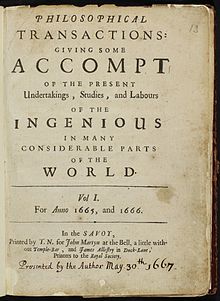This article has multiple issues. Please help improve it or discuss these issues on the talk page. (Learn how and when to remove these messages)
|

| Part of a series on |
| Science |
|---|
| General |
| Branches |
| In society |
Scientific literature encompasses a vast body of academic papers that spans various disciplines within the natural and social sciences. It primarily consists of academic papers that present original empirical research and theoretical contributions. These papers serve as essential sources of knowledge and are commonly referred to simply as "the literature" within specific research fields.
The process of academic publishing involves disseminating research findings to a wider audience. Researchers submit their work to reputable journals or conferences, where it undergoes rigorous evaluation by experts in the field. This evaluation, known as peer review, ensures the quality, validity, and reliability of the research before it becomes part of the scientific literature. Peer-reviewed publications contribute significantly to advancing our understanding of the world and shaping future research endeavors.
Original scientific research first published in scientific journals constitutes primary literature. Patents and technical reports, which cover minor research results and engineering and design efforts, including computer software, are also classified as primary literature.
Secondary sources comprise review articles that summarize the results of published studies to underscore progress and new research directions, as well as books that tackle extensive projects or comprehensive arguments, including article compilations.
Tertiary sources encompass encyclopedias and similar works designed for widespread public consumption.
